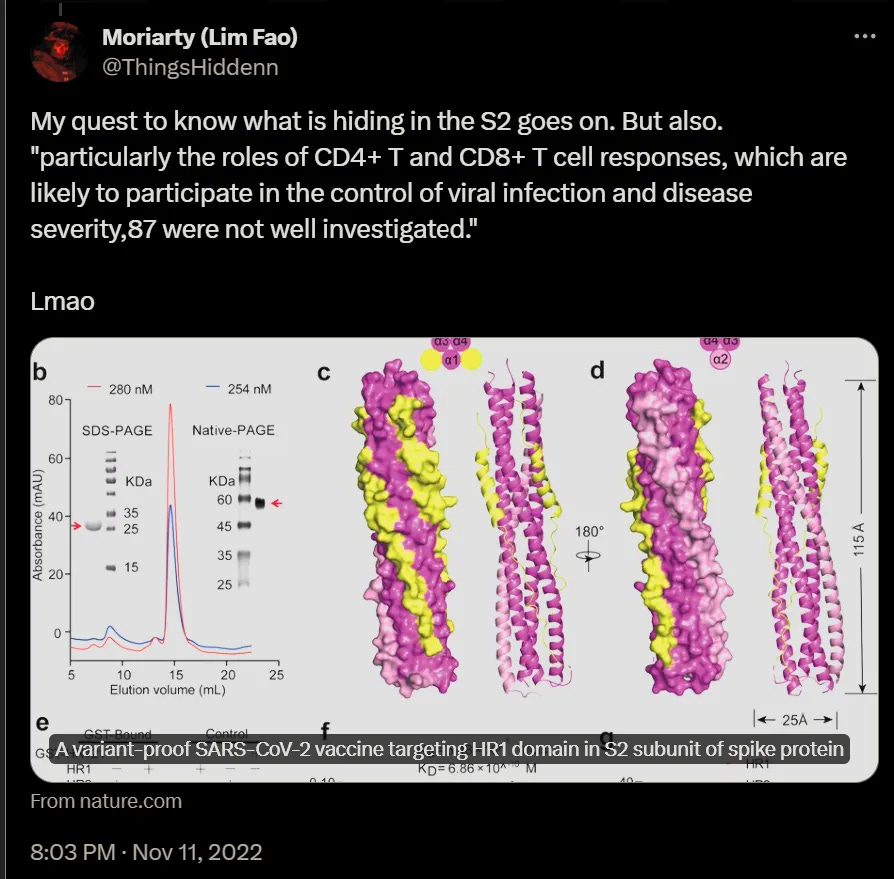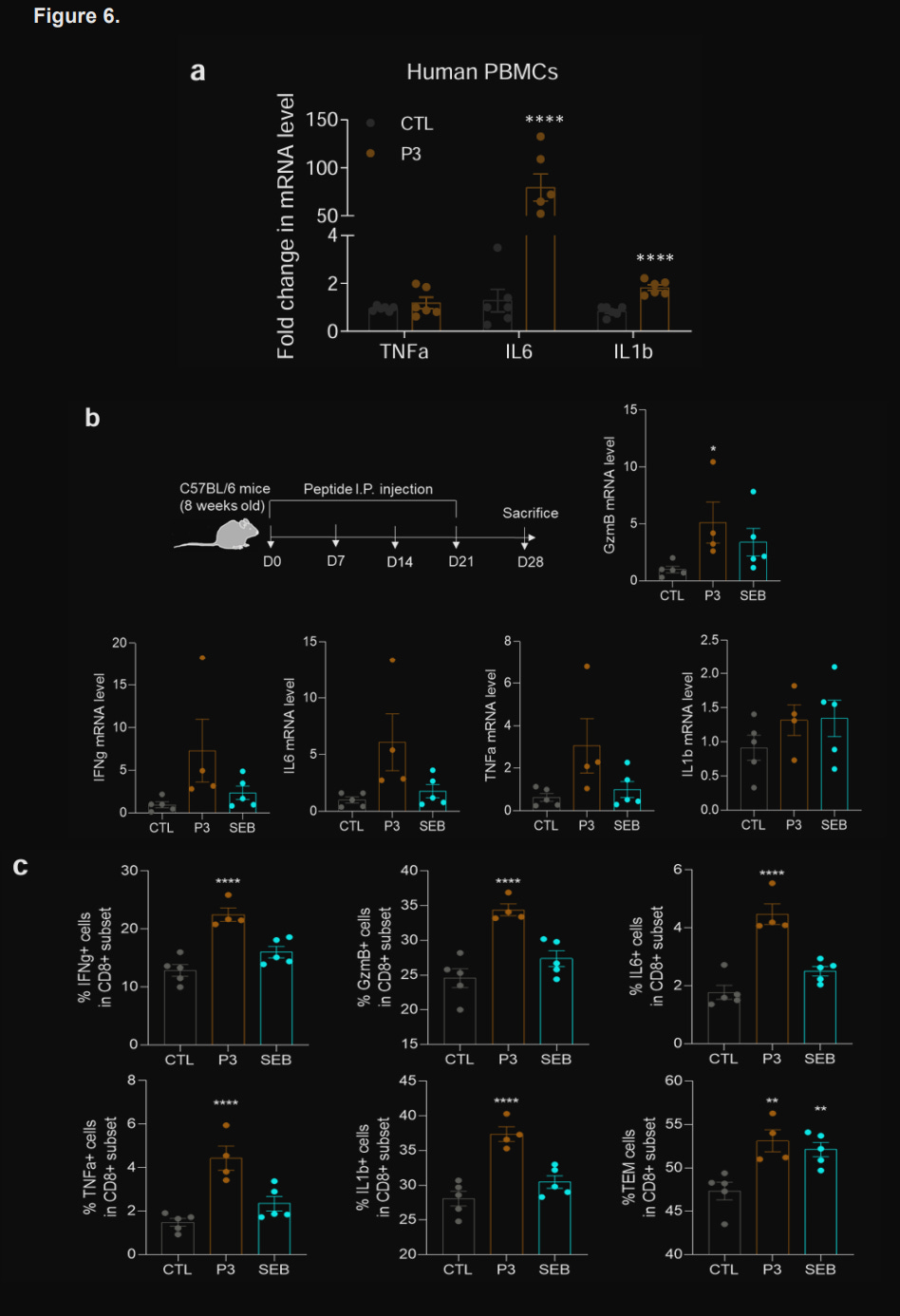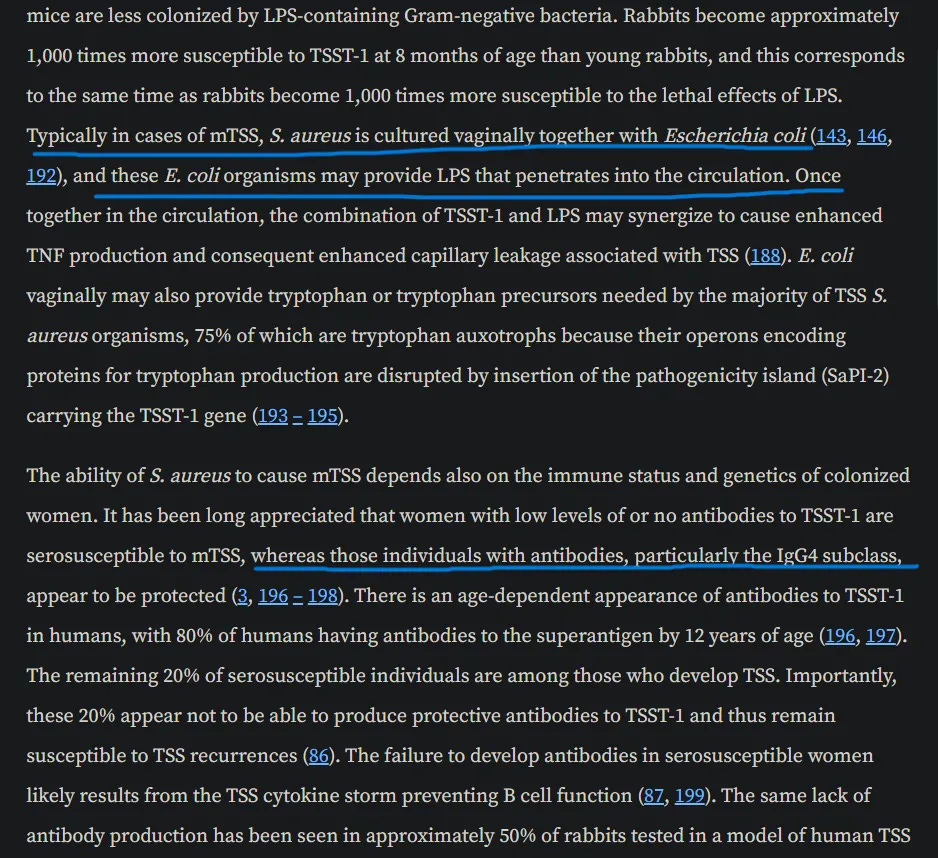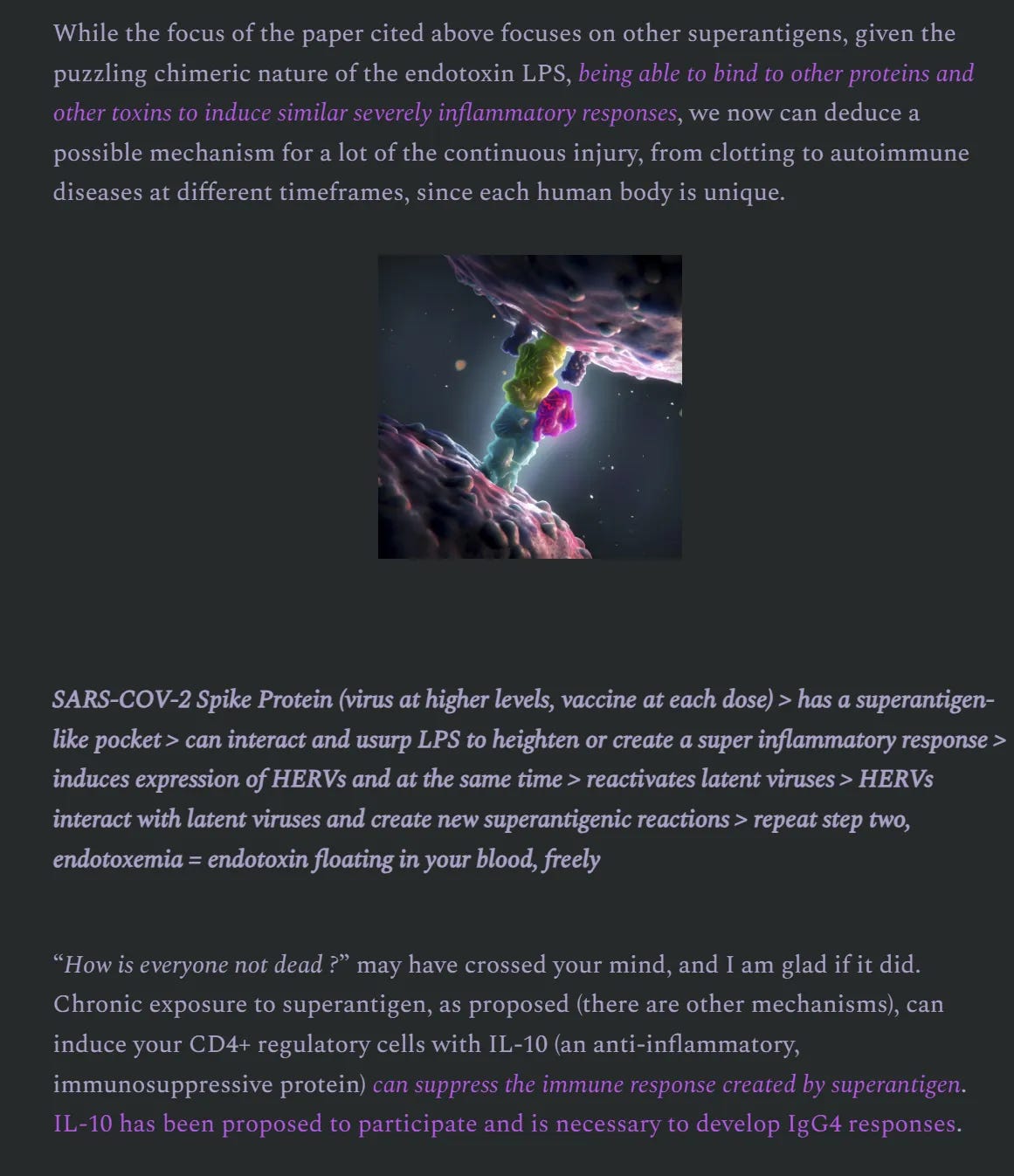SARS-CoV-2 - a Neo polymorphic toxin proposal
Part I... ?
It will be necessary to interwoven narrative and science on this one, because at this point I have written hundreds of articles that vary in complexity. Still, as the title of my Substack states, it is all about complexity. Vindication always has a sweet taste, like wine it must taste better as time passes.
Many of the “decisions” made to create SARS-CoV-2 remain a mystery to this day, and at the top of those cryptic decisions by its designers remains the addition of a Furin Cleavage Site (FCS). Furin is a common enzyme, cleavage means “cutting”, and site is the location. The FCS is what made SARS-CoV-2 a highly infectious, pandemic-level beast, the very thing that enables it to infect our cells with ease.
Yet, sometimes in nature, certain proteins act like universal Lego blocks, that can change function. Imagine a Rubik’s Cube with Lego attachments in which you can build entirely non-canonic (yet to be created, or studied in this case) Lego pieces. The FCS was one of those. By any form of honest, especially outside-the-box thinking, very few things would explain the odd immunological onslaught SARS-CoV-2 brought forth.
Using computer modeling, and bioinformatics, specific research groups propose that the FCS mimicked both in shape, and in sequence (the right Lego shape, and the right Lego material) one of the world’s most powerful toxins. Staphylococcus Enterotoxin B, SEB. A superantigen (There will be AI podcasts of many of my articles explaining a lot of this, don’t worry).
The evidence towards a Superantigenic nature of the FCS was there for all to see if you knew where to look. There is a clear and very distinct immune response towards the Spike Protein, with the unvaccinated targeting the FCS, and the vaccinated targeting other parts. In fact, superantigen exposure can “punch a hole” in specific B cell subsets inducing the effects describe in the article below.
Per one of my favorite quotes “When you have eliminated the impossible, whatever remains, however improbable, must be the truth”. While reverse engineering the mRNA vaccines with my mentor-friend, even with rather deep insight, nothing really stood out as an explanation to what did, was, and would happen in the future, not satisfactory, until my insane mind thought the following:
“Could the Spike Protein and the virus somehow use and manipulate toxins like Endotoxin (LPS) to cause all this ?”
My friend said, “At this point I know better than to say no to whatever you say, so yeah, possible” close to a year later to the date I proposed such, a group of researchers proved the Spike acted as an endotoxin delivery system, and not only that, it was the FCS that enable that behavior. The endotoxin part of the equation is substantially backed by evidence, but the Superantigenic was yet to be proven… so far. Per one of my favorite quotes…
Key Takeaways:
The Furin Cleavage Site (FCS) enhances SARS-CoV-2's infectivity by acting like a molecular key.
The P3 peptide in the Spike Protein shows superantigenic properties, potentially explaining severe immune responses.
The virus and Spike Protein manipulate toxins like endotoxins to amplify inflammation, leading to long-term health issues.
The identification of a SARs-CoV2 S2 protein-derived peptide with super-antigen-like stimulatory properties on T-cells
Severe COVID-19 can trigger a cytokine storm, leading to acute respiratory distress syndrome (ARDS) with similarities to superantigen-induced toxic shock syndrome. An outstanding question is whether SARS-CoV-2 protein sequences can directly induce inflammatory responses. In this study, we identify a region in the SARS-CoV-2 S2 spike protein with sequence homology to bacterial super-antigens (termed P3). Computational modeling predicts P3 binding to sites on MHC class I/II and the TCR that partially overlap with sites for the binding of staphylococcal enterotoxins B and H. Like SEB and SEH peptides, P3 stimulated 25-40% of human CD4+ and CD8+ T cells, increasing IFN-γ and granzyme B production. viSNE and SPADE profiling identified overlapping and distinct IFN-γ and GZMB subsets. The super-antigenic properties of P3 were further evident by its selective expansion of T cells expressing specific TCR Vα and Vβ chain repertoires. In vivo experiments in mice revealed that the administration of P3 led to a significant upregulation of proinflammatory cytokines IL-1β, IL-6, and TNF-α. While the clinical significance of P3 in COVID-19 remains unclear, its homology to other mammalian proteins suggests a potential role for this peptide family in human inflammation and autoimmunity.
Although the existence of SARs-CoV-2 derived peptides such as T678NSPRRAR685 (Furin Cleavage Site) with SAg binding properties has been reported , peptides with an ability to induce T-cell activation have yet to be identified. In this study, by comparing sequences and homologies to known bacterial super antigens, we identified an additional peptide region in the S2 protein that can induce broad low level activation of CD4 and CD8+ T-cells. Virtual docking experiments confirmed the peptides P3 and related P3b bind to MHC class I/II and TCR sites. Moreover, the administration of P3 resulted in the in vivo generation of IL-6, IL-1b, and TNF-α cytokines within mice, along with an amplification of specific subsets of TRAV and TRBV in T-cells. Lastly, it is noteworthy that P3 exhibits homology with endogenous proteins present in mammalian cells, thereby raising the possibility of related endogenous peptides exist that could stimulate autoimmunity and inflammation.
Superantigens (SAgs) are called that because unlike “normal” antigens (lego blocks), SAgs can activate over 20% of your T-Cells within a very short period (12 to 24 hours for peak, the problem here is the number of cells, inducing severe inflammation and tissue damage), and such immune response is not without a cost, after this hyper-response, these T cells can go with a state of “anergy”, their response becomes much weaker to almost non-existent.
This can cause the reactivation of both Endogenous Retroviruses and Herpesviruses, and HERVs themselves have SAgs, and when combined with some Herpesviruses, they form even more potent SAgs. Since the FCS is a proposed SAgs, the authors decided to compare other small pieces of the virus to known superantigens. And that is what they found, and not in the FCS, but in the Spike Protein S2, the second part of the Spike Protein.
After doing the bioinformatics part of the research, meaning using advanced computer modeling and algorithms to see if “each Lego piece actually fits together” and finding that, yes, P3 does indeed “fit” the specific parts to SEB, they tested it in cells. To my surprise and most people who have read the paper, P3 stimulated roughly 30-40% of T-Cells compared to control, this is almost double the “average” for SEB, it is no wonder in T-Cells crater after moderate to severe Covid, meaning the response towards P3 is much stronger than SEB.
Not only P3 activate more T-Cells, but it also makes cells express more effector molecular, with a particular interest in IFN-γ (Interferon-Gamma), this is important because it is how SEB therefore SEB-mimics will directly and indirectly induce the degradation of Tryptophan, locking the body into a immune suppressive yet inflammatory state. Not only that, P3 also induced a 50-fold increase in the expression of IL-6, master inflammatory cytokine. From all metrics in this paper, P3 is quite literally “stronger” than SEB. This was verified in a mice model, thus in vivo.
A quote, directly from the paper. Important for… well, everything =).
These results suggest that despite its proinflammatory effects, in certain contexts, the induced CD8+ T-cells responses induced by peptide 3 might be beneficial for development T cell peptide vaccines
Superantigens have been the “Holy Grail” of vaccine design for many, many years.
For as long as I started researching the SARS-CoV-2 and the mRNA platform and how they came up with the vaccine, people kept asking why, or how they chose the Spike Protein as a target. The argument is simple, the Spike Protein will light up like a Christmas tree when you use algorithms to analyze possible antigens. The SARS-CoV-2 mRNA vaccine was basically already done from the get-go, and that is a problem.
Neo-polymorphic Toxin
Polymorphic toxins (PT) are toxins secreted by bacteria (exotoxins) and in a literal sense, it is bacterial warfare among themselves, how different bacteria compete with other bacteria. PTs can act as RNases (degrades RNA), DNase (degrades DNA), and peptidases, but also protein-modifying activities. I decided to call SARS-CoV-2 a Neo-Polymorphic Toxin (NPT) because of how it subverts endogenous toxins from different species to its own use, not merely by mimicking them.
The Neo means novel, as such it acts in a new way. Here it doesn’t “outcompete” other pathogens, but works in consort, it can degrade biofilms and most likely use its content to modify its Spike Protein. As I previously mentioned aerosolized SEB can be potentiated by LPS to completely change how cells respond, inducing severe inflammation. SEB itself induces Pathogenic Th17 cells, and if you are a long-term reader you are aware this is both the dominant immune response of the mRNA vaccines and how severe sequelae often happen in large number of patients.
Worth mentioning or bringing to your attention that LPS is somewhat the “Galectin-3” of toxins because it also has synergy with Shiga Toxin, a very potent toxin produced by Escherichia coli (E. coli), it is recognized by the same receptor as LPS, TLR4. LPS and Shiga Toxin together can induce the formation of NETs, little Neutrophil-made webs that make endothelial damage worse. No to your surprise, there is the odd severe case of SARS-CoV-2 infection working in consort with Shiga Toxin.
S. Aureus toxins will synergize with LPS, causing capillary leakage enabling LPS to float in the body, thus perpetuating systemic inflammation, causing Toxic Shock Syndrome (TSS). Since 2020 there has been considerable comparison between severe Covid and TSS. Here are a few.
Toxic shock-like syndrome and COVID-19: Multisystem inflammatory syndrome in children (MIS-C)
Novel case of an adult with toxic shock syndrome following COVID-19 infection
A fatal toxic shock-like syndrome post COVID-19 infection in a child
Many researchers and I argued that MIS-C has SAgs components or could be entirely driven by it. I have proposed reactivation of both HERVs and Herpesviruses are drivers of more complicated states, and once again TSS is mentioned.
Another aspect of TSS is the fact that certain antibodies protect you from it. Specifically, IgG4 antibodies. In many IgG4-pathogenic states, superantigens are often present, the shift in mRNA immune comes not solely from the mRNA but from purified SAgs distributed systemically.
TSS, similar to post-septic states can cause persistent effects on the nervous system, it increases the long-term (15 years) risk of renal, hepatic, and cardiovascular hospitalization. Other effects are lasting muscle weakness, neurological sequelae can be tracked even after 10 years. Sepsis and septic shock share a remarkable central theme, disseminated vascular microthrombotic disease (microclots), in the case of TSS especially at the lower extremities, leading to blackened fingers and legs/feet.
Staphylococcal enterotoxin B- and lipopolysaccharide-induced toxic shock syndrome in a burn patient
If you keep notes (I often recommend all my readers to make notes, on paper of my articles) you will recall something about the peptides at 1000+ in the SARS-CoV-2 Spike Protein. In fact, they are the exact same sequence.
The impact of this section of the Spike Protein (viral or injectable) in the body can’t be overstated enough, not solely by the whole host of interactions, immunological effects, and inflammation it sets off, but because the Cholinergic System is paramount for your nervous system, and brain function, and it has its own systemic anti-inflammatory effect. SAgs are very tricky. From the article below. SAgs can remain latent in your body until they interact with other proteins or cells.
Theoretically, you can go through my hundreds of published articles on SARS-CoV-2, choose a sequelae, especially the odd, long-term dysfunction observed in multiple papers, search for either SEB, Superantigens, or Endotoxin/LPS, and you get a hit. As a closing remark for the future, SEB plays a role in Mast Cells, Hismatine release and serotonin release too.
I will write Part II in due time, and the vaccine mentioned in this article will be important in the next article, either with NR4A1 or “Nuclear Receptor - something something” in the title.
I appreciate your continued support, and the new subscribers too.













From my birthday December 9 to December 11 I will mostly be out and about and any interaction will lag even longer.
Yes, this is incredibly layered, and complex, but it is paramount to understand what the hell went down and is still going on. Vindication for the Superantigen aspect of it tastes ever so sweet.
I wish you all a great weekend ahead.
Like your quote in the article “how is everybody not dead” often crosses my mind when I read articles like this. I guess the key is every individual is different. As a positive aside, L-Glutamine seems to boost T-cells and does an amazing job of mitigating epitherium damage. Just wanted to try and add a ray of light with ‘good vibes’ December in mind!